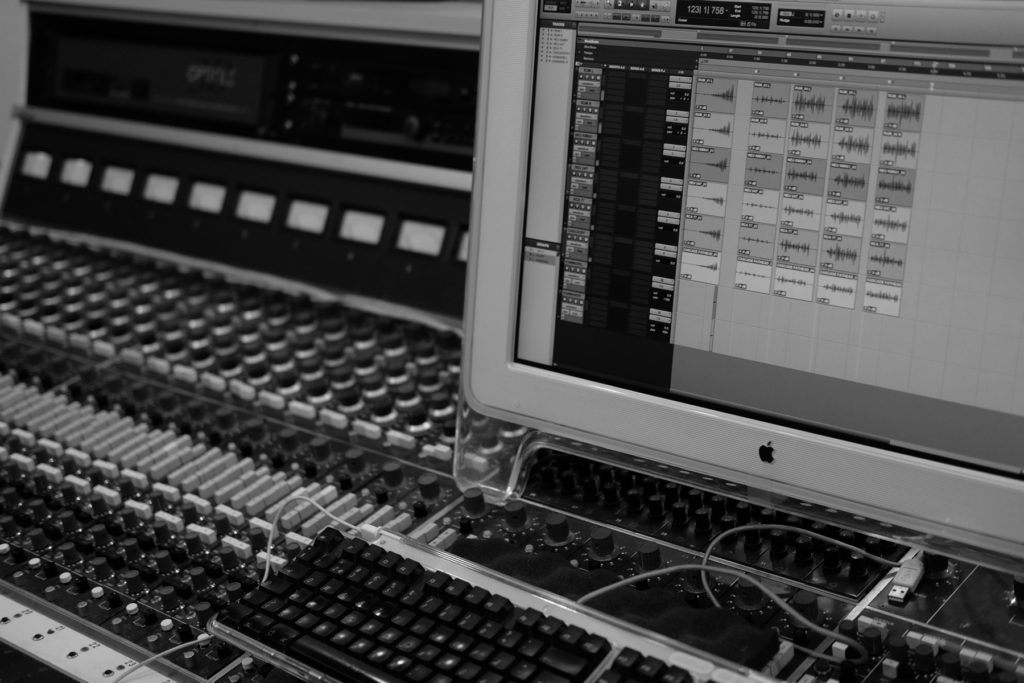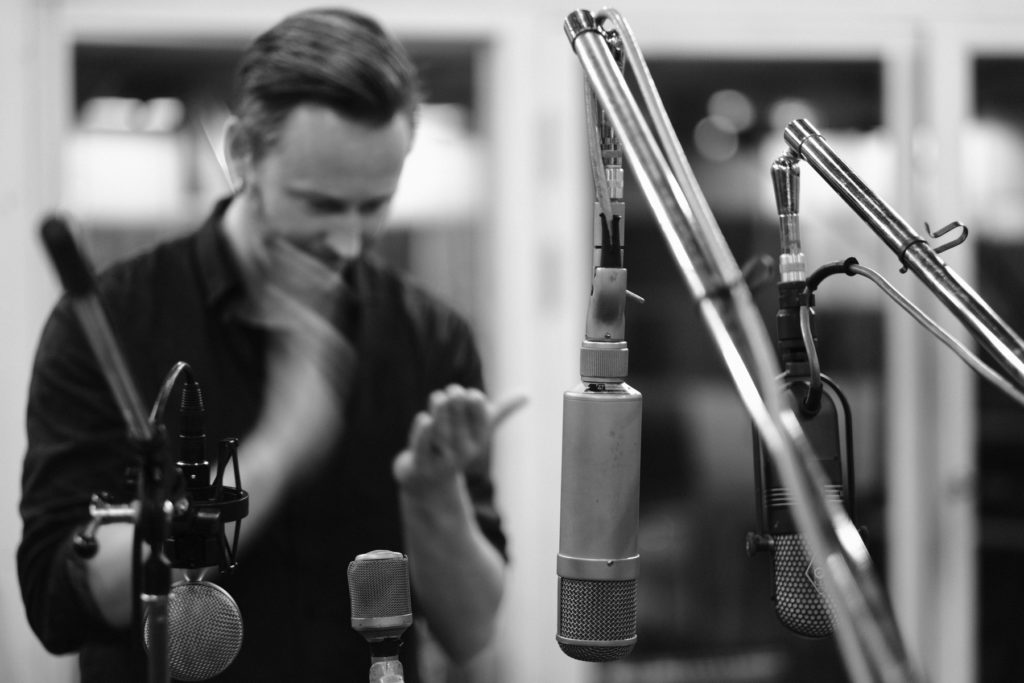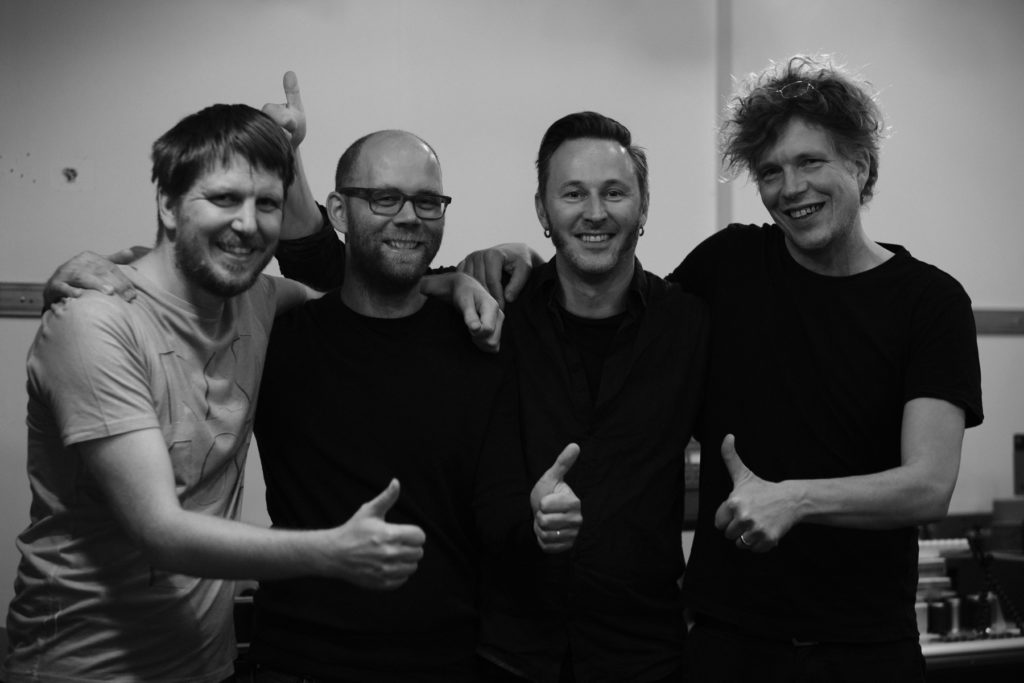Sampling hand claps at Atlantis
When we started working on Hand Clap Studio, the first requirement was that the samples should sound great. To fulfil this, we decided on Atlantis Studio for recording the 700 or so samples or that would eventually end up in the plugin.
Originally a movie theatre, Atlantis studio was called Metronome for a long time, named after the record company that started it. During the 60s and 70s it was a very popular studio and international artists like Quincy Jones and Harry Arnold recorded here. In 1970 ABBA were basically formed in this studio, and their early hits like Waterloo and Mamma Mia were done here, just before the band snatched house technician Michael B Tretow and started their own Polar studio just a couple of blocks away. The name changed to Atlantis in 1983 when Janne Hansson took over as owner and house technician. Today the studio is one of the few remaining big room studios in Stockholm, and still very popular.

There are a lot of samples in Hand Clap Studio, as each mic/velocity combination has 13 round-robins. Clapping consistently at specific strengths is not an easy task, so we enlisted professional percussionist Pelle Jacobsson. Pelles day-job is in the Swedish Radio Symphony Orchestra, but he has also played drums for acts like Anna Ternheim and makes his own minimalist pop music under the name Pillowpeace, check it out!

For full control over the sound we knew we wanted both condenser and ribbon close mics for the dry sound, and a stereo pair for the room ambience. After a lot of testing, we together with technician Micke Herrström settled for Neumann KM86i (condenser) and Cascade Fat Head (ribbon) as close mics. It was very tempting to use the classic U47 and RCA also hooked up, but they actually didn’t sound better and were more noisy. As you might expect, the noise builds up when you trigger potentially 24 samples for each trigger, so that was an important factor. For the room we used a stereo pair of Microtech Gefell M930, a fantastic microphone that is the go-to tool for Swedish Radio. The tracks were recorded straight into Pro Tools via the studio’s Neve desk with 1084 preamps.
As an unexpected bonus, Micke suggested that we’d record the studio’s echo chamber as separate samples. Before digital, or even plate or spring reverbs existed, you created a real reverb effect by putting a speaker and a microphone into a room with hard walls, which you then could send a signal through. The reverb you get from the echo chamber in Atlantis is quite long (which sounds great on hand claps for 60s vibe music) so we added a Decay knob so you can shorten it.
Once the claps and snaps were recorded, each sample was carefully selected and edited. Of course you want a pretty consistent level and sound for each round-robin, but not so similar that the sound becomes sterile and sounds like a drum machine!

We are very happy with how the samples turned out, and hope you like them too! Check out the fully functional demo to try them out.
